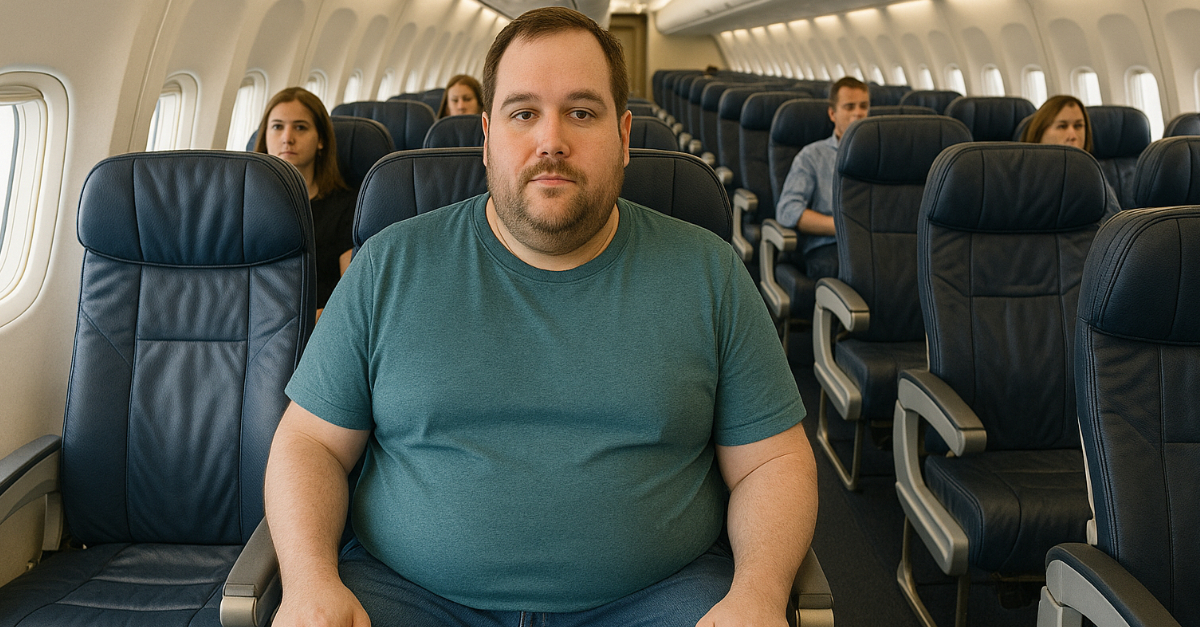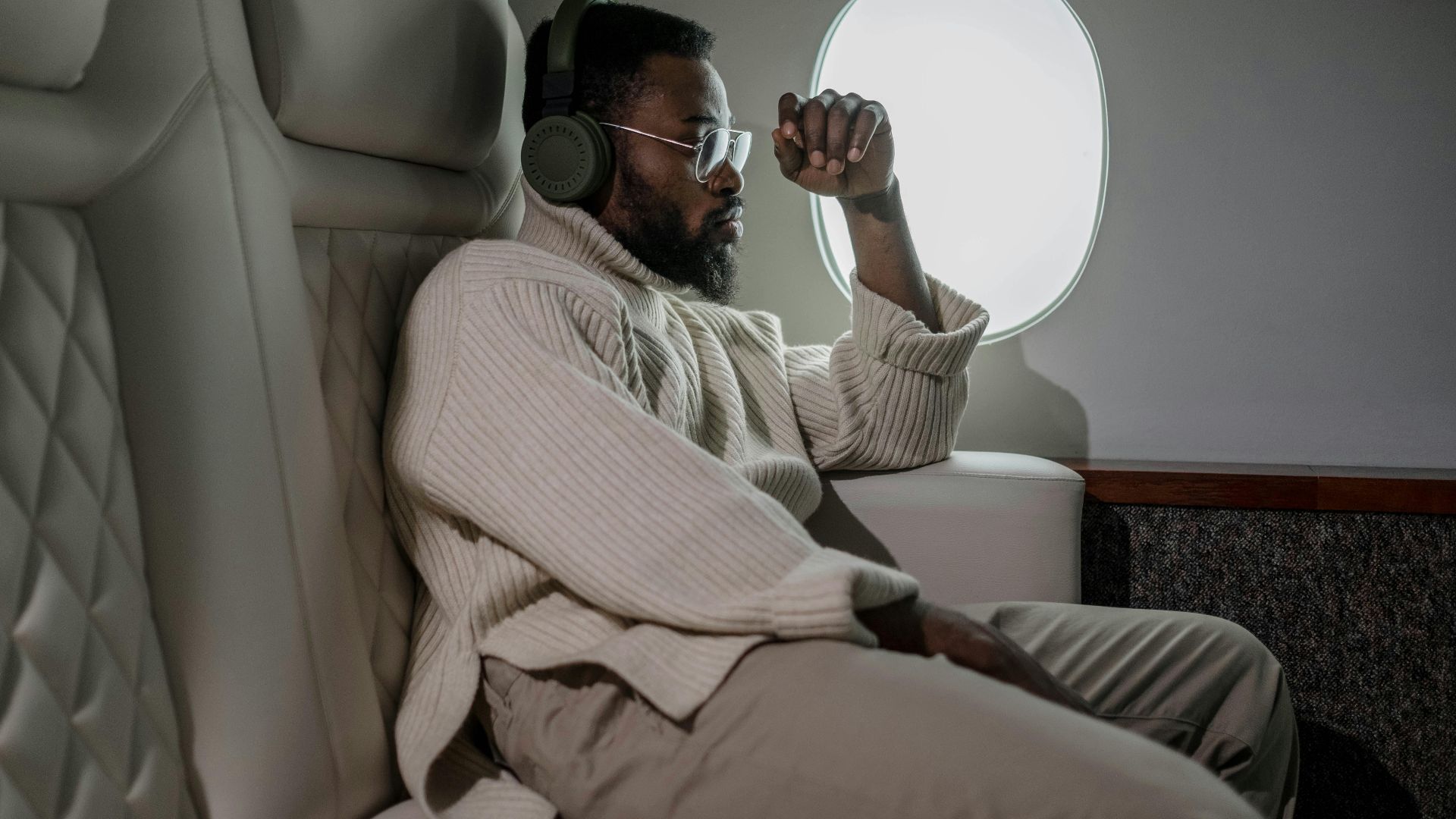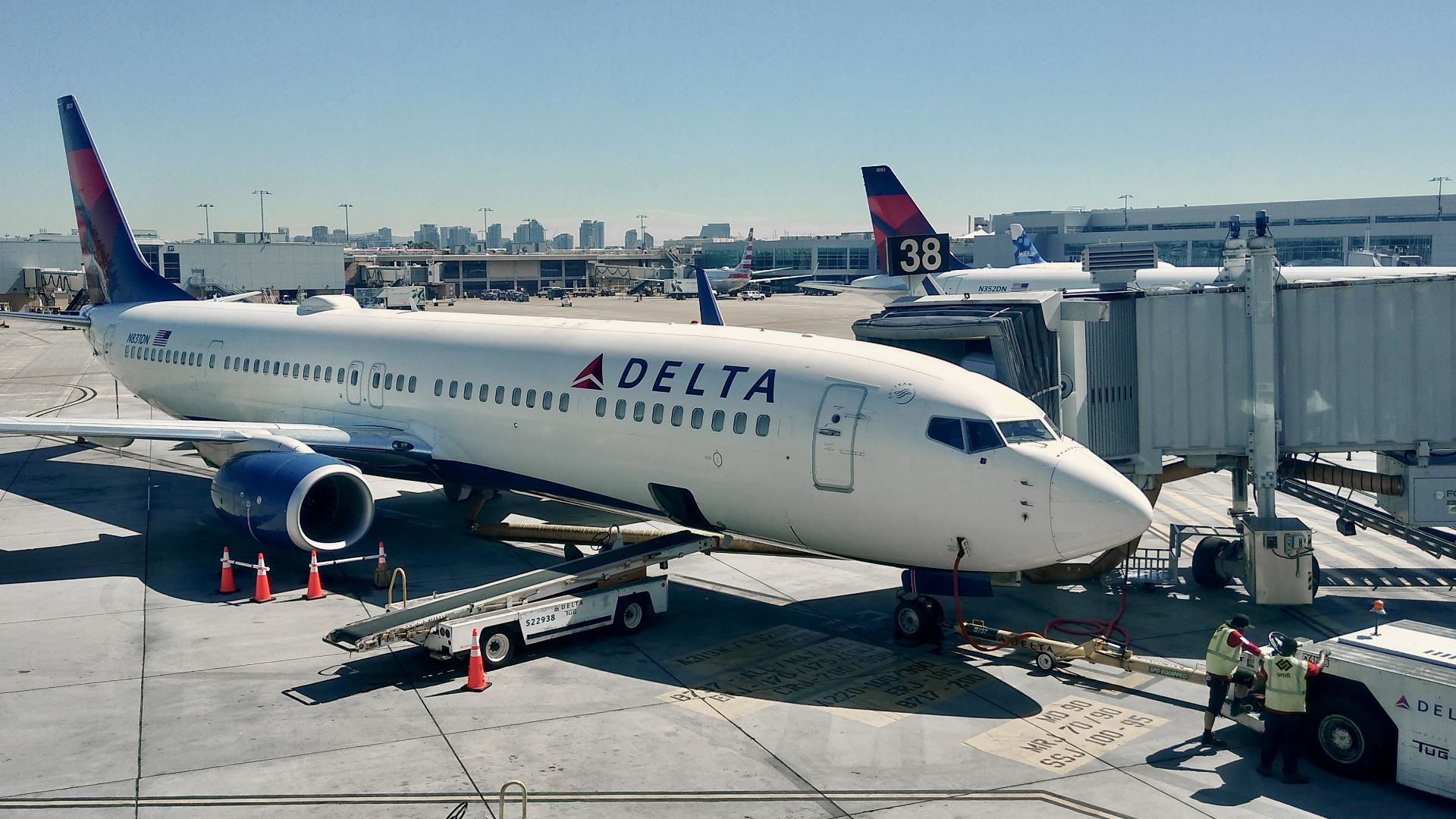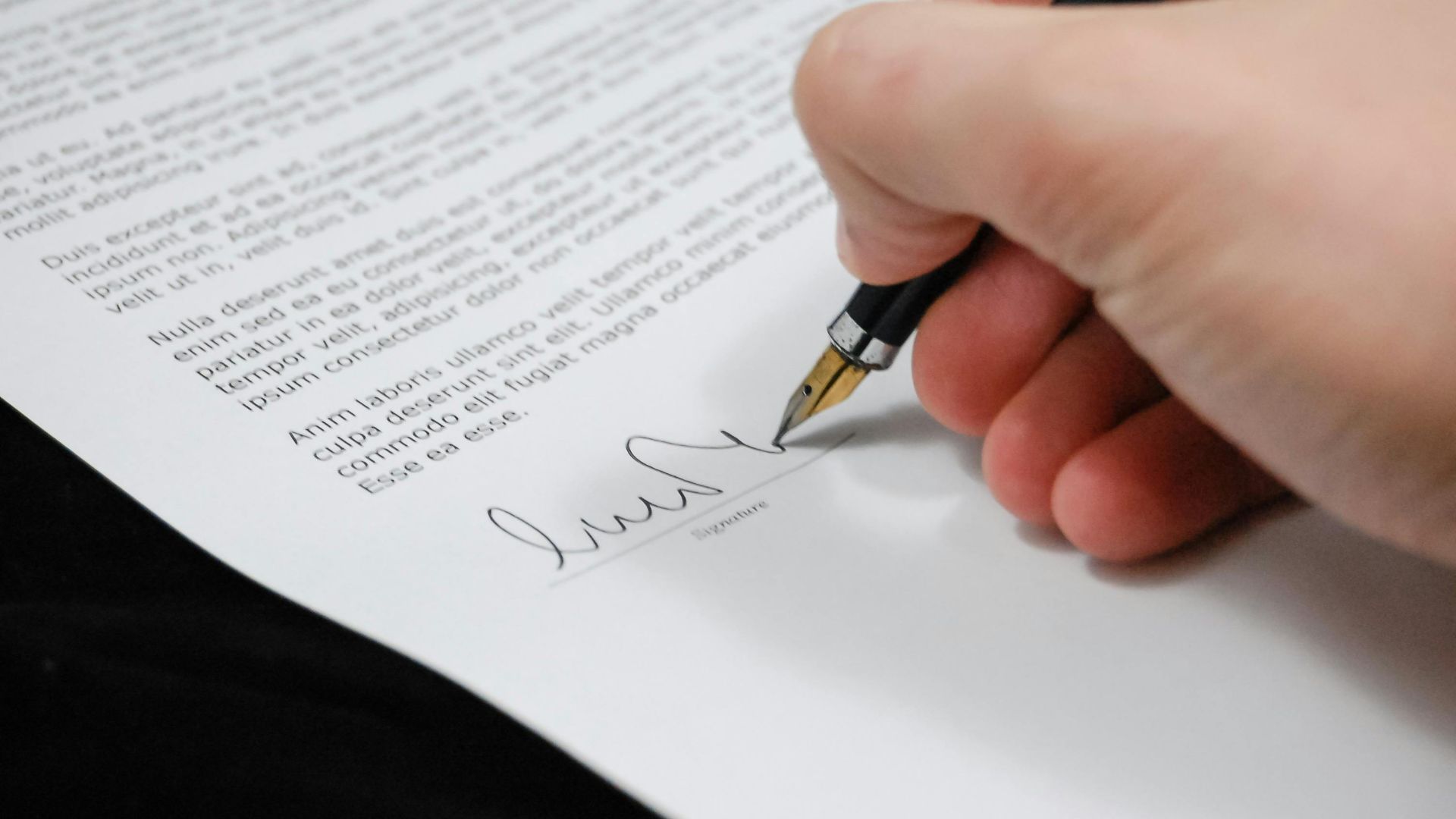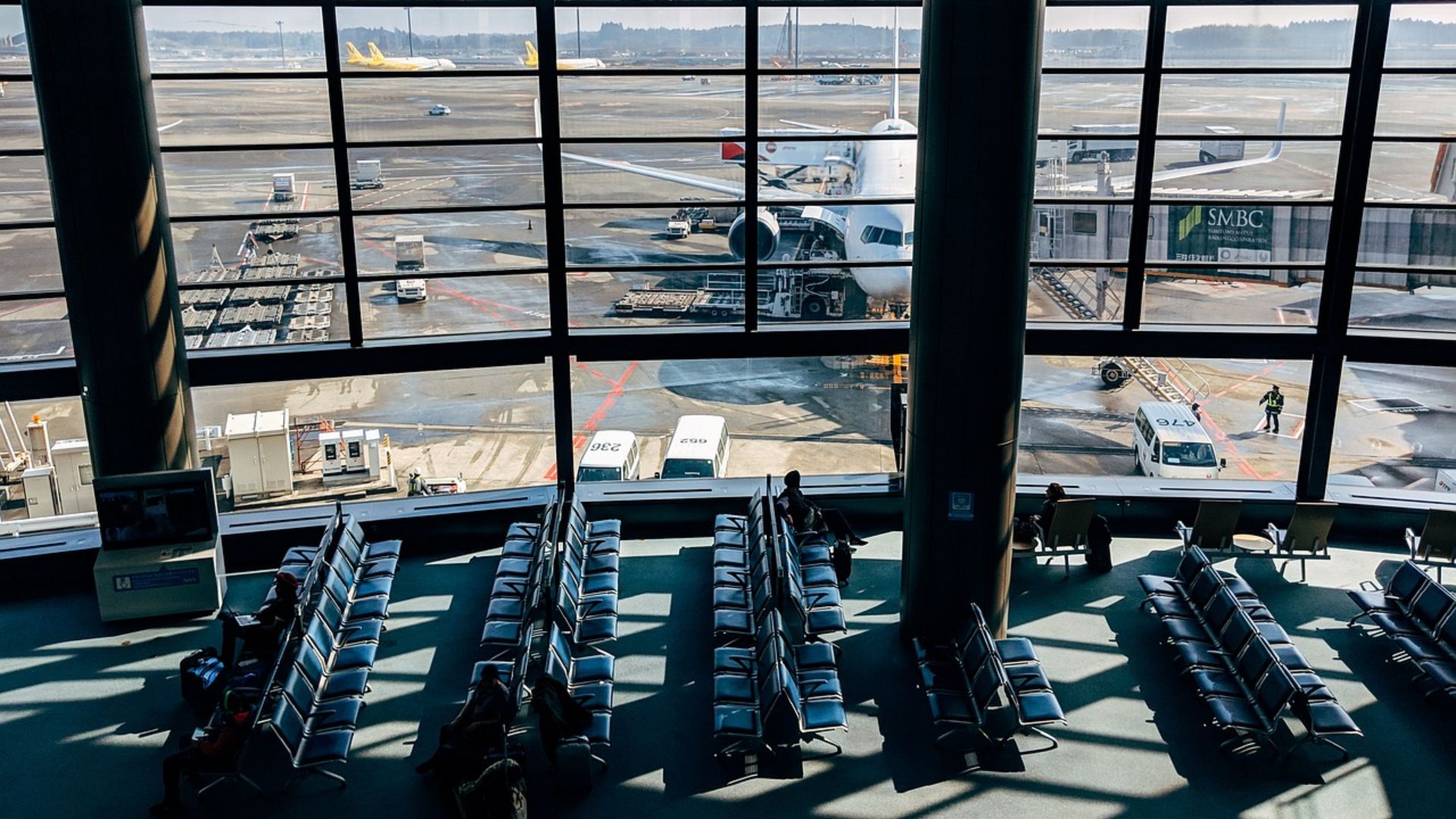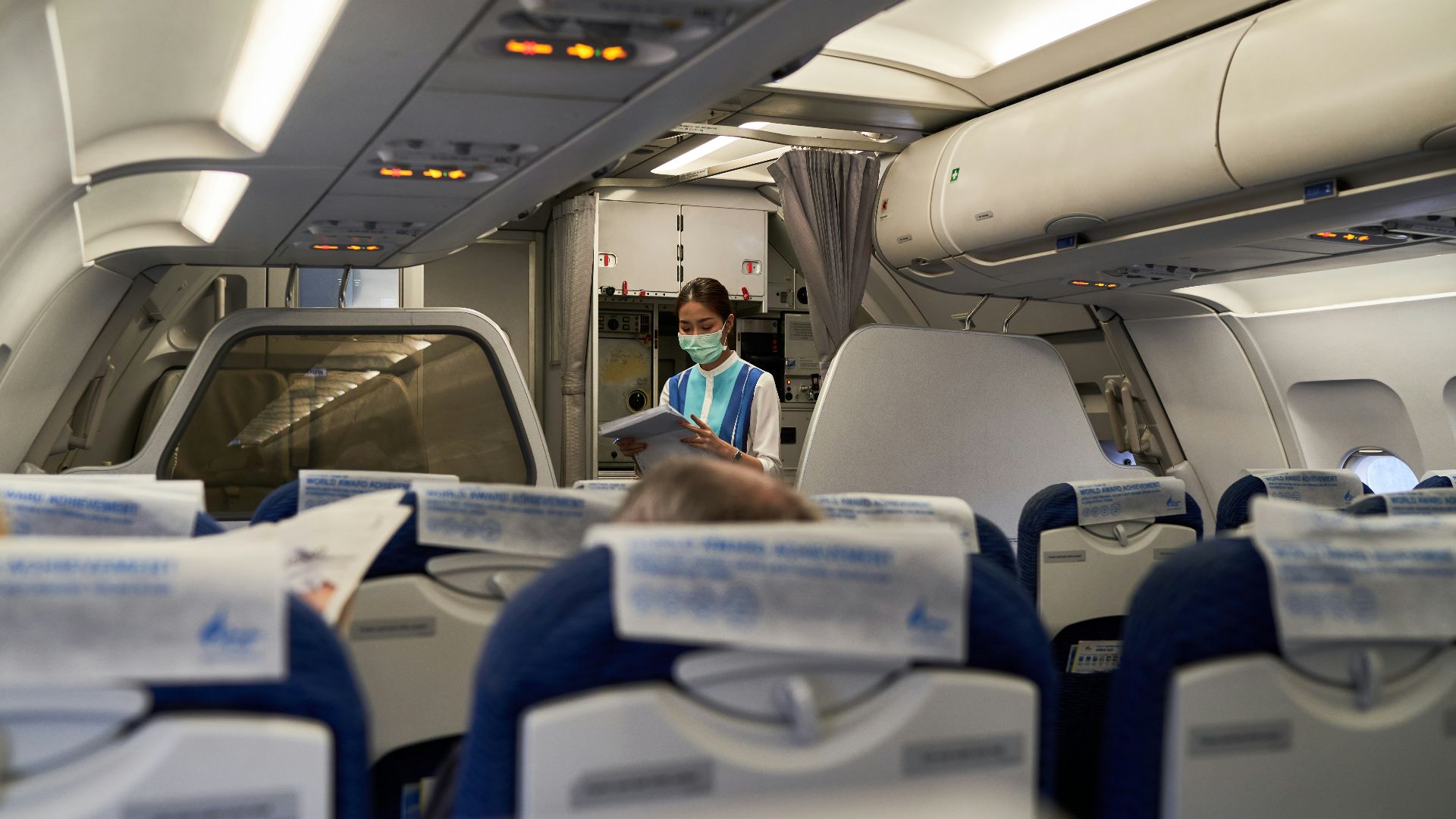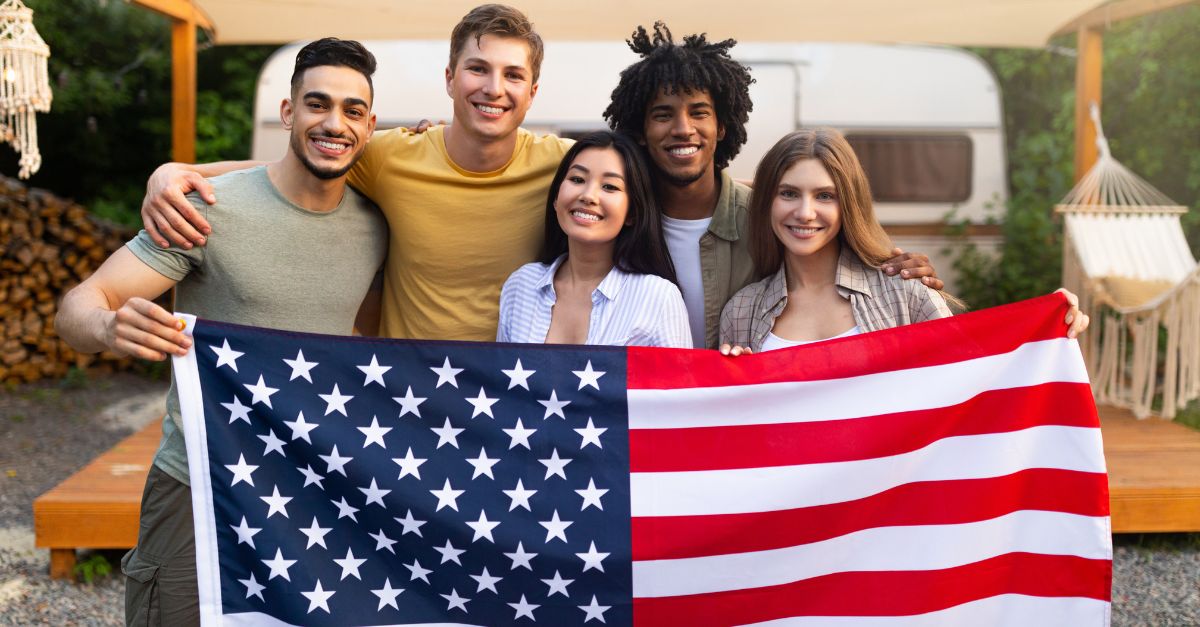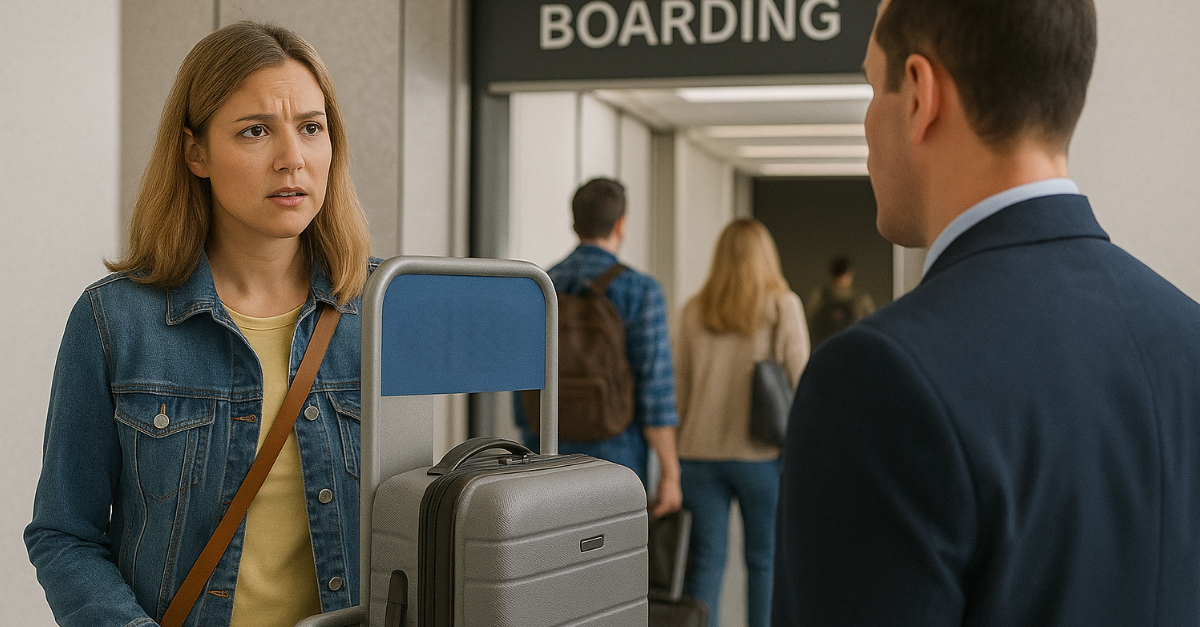Bought 2, Can You Get 1 Back?
You planned ahead, did what some airlines ask of larger travelers, and booked two seats. But once you boarded, you noticed something frustrating: the plane was half empty. All around you, people are stretching out with empty seats beside them. So why can’t you just get refunded for one of those seats you bought? Well, maybe you can.
It feels unfair—but what does the law say?
Unfortunately, the U.S. Department of Transportation (DOT) doesn’t guarantee refunds just because a flight wasn’t full. You’re only automatically entitled to your money back if the flight is canceled, significantly changed, or oversold—not if others happened to have empty seats.
Why this situation happens more than you’d think
Airlines view each ticket as a separate purchase, even when it’s the same traveler buying two. That extra seat is considered a separate block of space—once you buy it, it’s yours, even if no one else ends up needing one.
The key phrase: “Passenger of Size”
If your airline has a “Customer of Size” or “Passenger of Size” policy, that’s your best shot at a refund. Southwest and Alaska Airlines both recognize these policies, and they occasionally refund the extra seat if the flight departs with empty ones.
Southwest’s policy stands out
For years, Southwest’s policy has allowed larger travelers to purchase a second seat, use both, and then request a refund afterward—if the flight wasn’t full. It’s a goodwill gesture few other airlines have matched, and it’s earned them praise for inclusivity.
But that policy has started to change
In 2024, Southwest announced it was reviewing how the extra-seat refunds work, saying the process had become confusing for passengers and staff. So even if it worked before, it’s worth double-checking how it applies today.
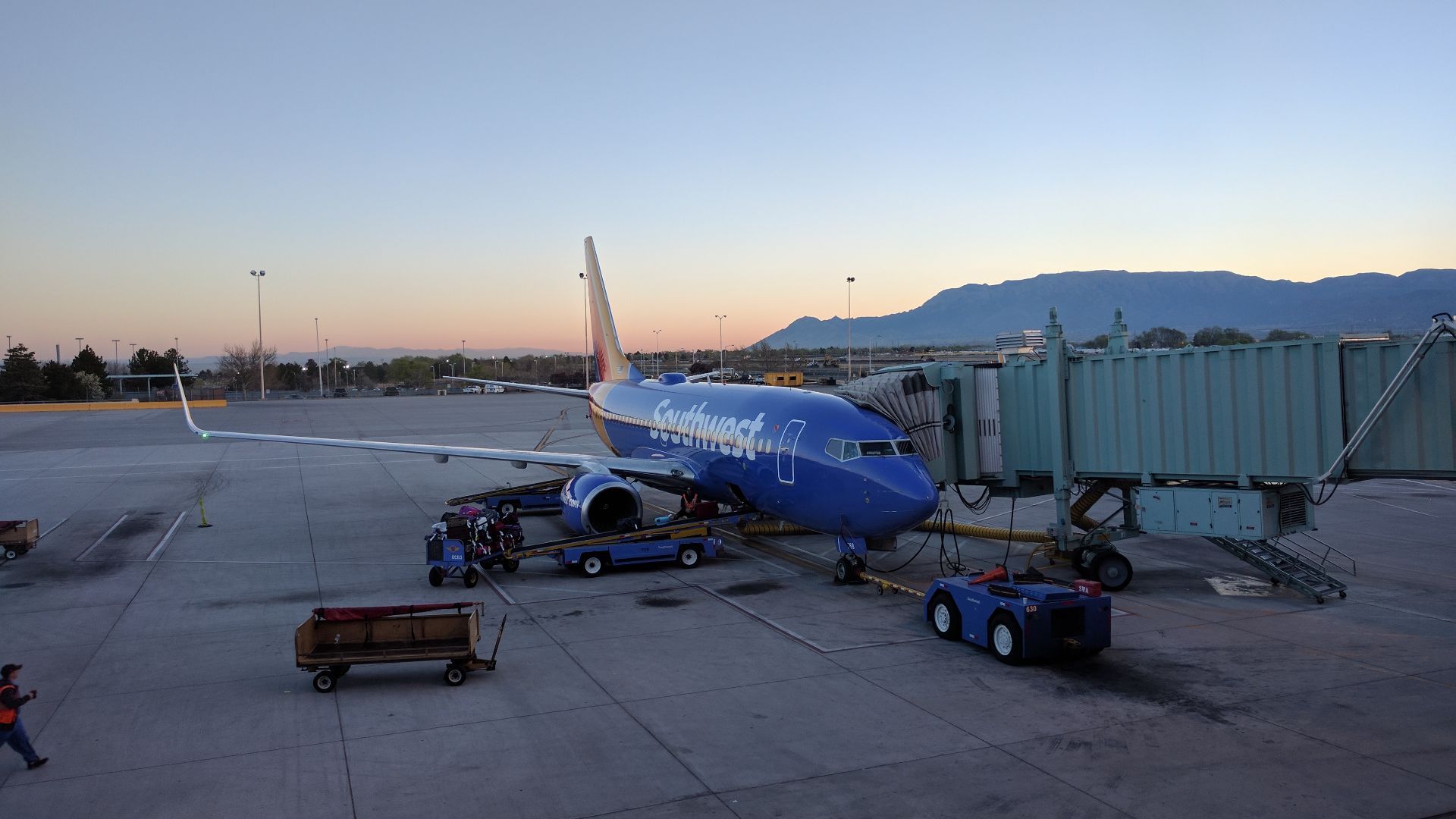 Grendelkhan, Wikimedia Commons
Grendelkhan, Wikimedia Commons
What about other airlines?
Most major U.S. carriers—Delta, United, American—do not offer refunds for voluntarily purchased second seats. Their rules typically treat extra seats as optional comfort purchases, not refundable services, even when the cabin isn’t full.
When an airline requires it, things shift
If the airline required you to purchase the second seat for safety or accessibility reasons, you may have a stronger case for a refund or travel credit, especially if the plane departed with open space. Documentation helps prove it wasn’t just for comfort.
How you book matters
If you purchased both seats on a single reservation and labeled one under your name with “EXST” (for “extra seat”), the airline can clearly identify that they’re for the same passenger. Separate bookings make refund claims much harder to process.
Timing is everything
Policies vary, but some airlines require that refund requests be made shortly after travel—sometimes within seven days. The sooner you reach out, the better your odds of being considered under a discretionary refund or goodwill policy.
What to say when you ask
Keep it short and polite: “I purchased two seats for comfort on Flight [number]. The flight had open seats at departure. Could you review your extra-seat policy to see if a refund applies?” The right tone matters—courtesy goes a long way.
Documentation makes your case
Keep boarding passes, seat assignments, and receipts showing both seats were purchased together. A simple photo showing empty rows doesn’t hurt either—it proves your refund request is about fairness, not frustration.
What happens if the airline says no
If you’re denied, you can file a complaint with the DOT’s Aviation Consumer Protection Division. While the DOT might not force a refund, it does keep track of complaint trends, which can pressure airlines to clarify or improve their policies.
Some travelers have succeeded
Online travel forums are filled with mixed stories—some passengers, especially on Southwest, report full refunds after politely asking and including documentation. Others get partial credits, or nothing at all. Persistence matters.
Don’t rely on luck next time
If you regularly need more space, research each airline’s “Customer of Size” or extra-seat policies before booking. Knowing your rights upfront helps avoid disappointment after the fact.
It might be smarter to call ahead
When booking, call the airline directly. Ask: “If my flight isn’t full, can the extra seat be refunded or credited?” If they say yes, note the date and the agent’s name—it could make all the difference if you need to follow up later.
The fine print still rules everything
Every airline’s contract of carriage spells out what’s refundable and what isn’t. It’s not fun reading, but it’s the only binding agreement between you and the airline. Most say voluntary extra seats are nonrefundable unless otherwise stated.
If the airline refuses but you fly often
Frequent flyers with status have an advantage—airlines are more likely to grant travel credits or gestures of goodwill to retain loyal customers. It’s not policy, but it’s how things often work behind the scenes.
Consider comfort alternatives
If space is the main concern, premium economy or bulkhead seats can be a better deal. You’ll pay extra but avoid the uncertainty—and possibly keep your wallet from taking a double hit.
A refund isn’t guaranteed—but it’s worth trying
In the end, the fact that your flight was half empty doesn’t automatically entitle you to a refund. But if your airline has a “Customer of Size” clause and you follow up quickly, you may just get some of that money back.
The takeaway
You did everything right by planning ahead. But airlines play by their own refund rules. Check the policy before you book, keep your documentation, and always ask—because sometimes, “no harm in trying” really can pay off.
You Might Also Like:
The Most Dangerous Selfie Spots In The World
What Flight Attendants Wish All Travelers Knew
Airlines Really Do Treat You Differently Based On Your Email Address—Here’s How

